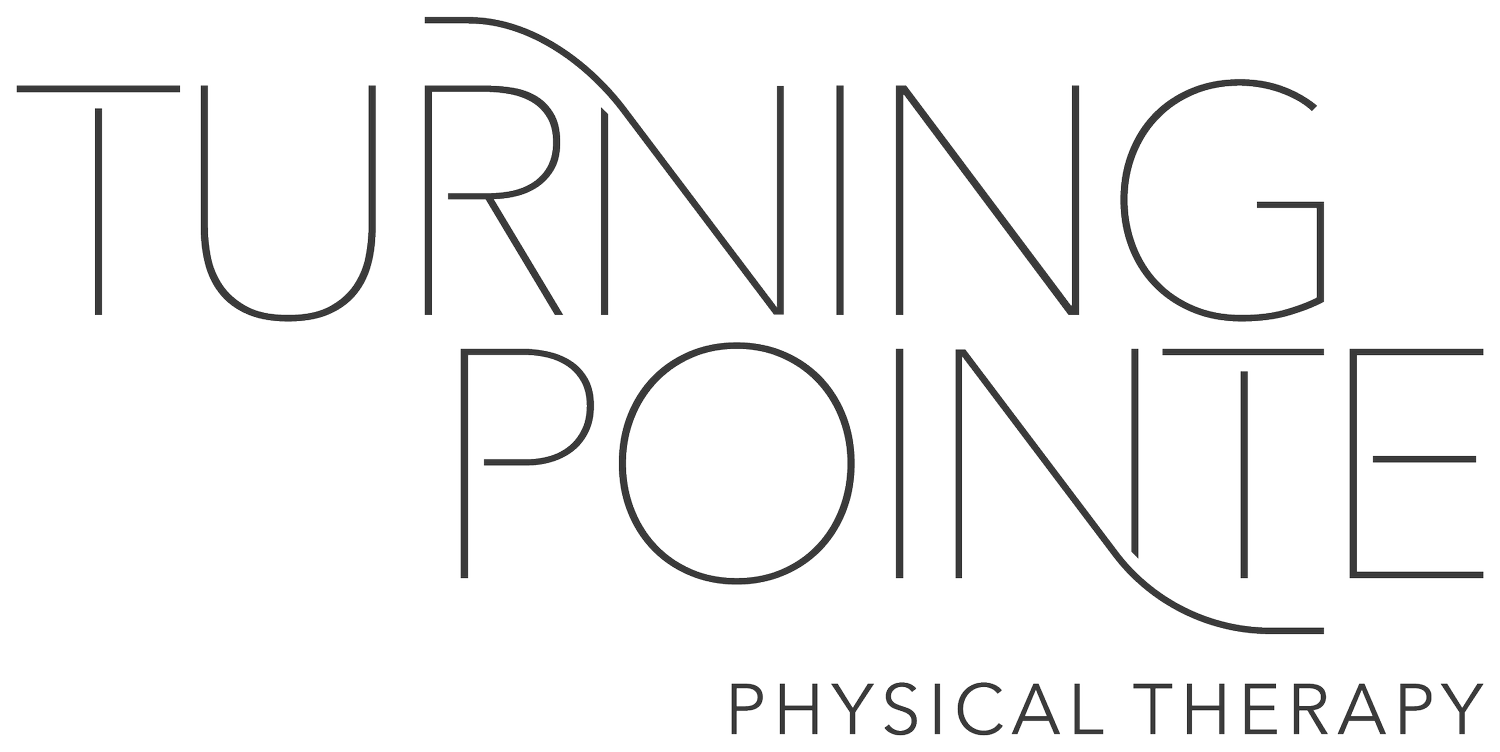What is an Out of Network Provider?
A cash-only physical therapy clinic that doesn't accept insurance operates on a different payment model compared to traditional healthcare providers. Here's what it means for potential patients who may not be familiar with how out-of-network businesses work:
Payment Upfront: In a cash-only clinic, patients are expected to pay for their services directly to the clinic at the time of their visit. This typically means paying the full cost of the session upfront or according to the clinic's payment policies.
No Direct Billing to Insurance: Unlike many healthcare providers that work with insurance companies and bill them directly, cash-only clinics do not have a direct billing relationship with insurance providers. This means that patients are responsible for handling the payment themselves, without the clinic's involvement in the insurance claims process.
Superbills for Reimbursement: However, the cash-only clinic does provide patients with superbills. A superbill is a detailed invoice that includes the diagnosis, treatment codes, and other necessary information. Patients can submit these superbills to their insurance company for potential reimbursement.
Out-of-Network Benefits: To make use of superbills, patients need to have out-of-network benefits in their insurance plan. These benefits may cover a portion of the cost of the physical therapy session, depending on the specifics of the plan. It's essential for patients to check their insurance policy to understand the reimbursement rates and any deductibles or copayments that may apply.
Greater Control and Flexibility: While this payment model may seem more complex, it offers patients certain advantages. They have greater control over their healthcare decisions, can choose their preferred provider without network restrictions, and may receive more personalized care from the clinic.
Transparent Pricing: Cash-only clinics often provide transparent pricing, which means patients know the cost of their treatment upfront. This transparency can help patients budget for their healthcare expenses.
Tax Benefits: Some patients may be able to deduct out-of-pocket healthcare expenses, including physical therapy costs, from their annual income taxes. Consult with a tax professional to explore potential tax benefits.
In summary, a cash-only physical therapy clinic that doesn't accept insurance offers patients the opportunity to receive high-quality care while taking control of their healthcare expenses. Although patients must handle payments themselves and seek reimbursement from their insurance provider, the clinic provides superbills with the necessary information to facilitate this process. It's essential for potential patients to understand their insurance benefits and out-of-pocket responsibilities when choosing this type of clinic.
